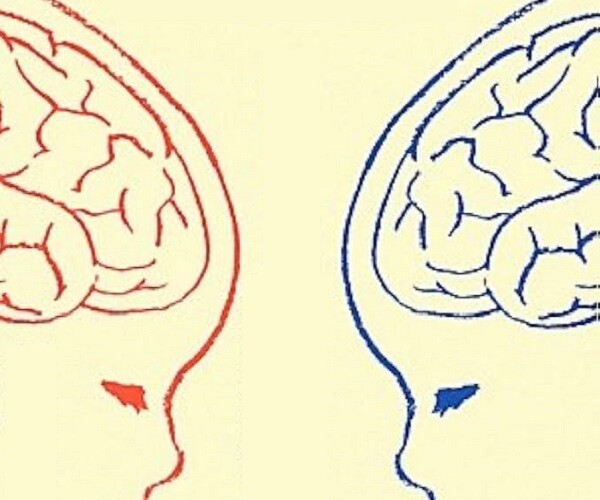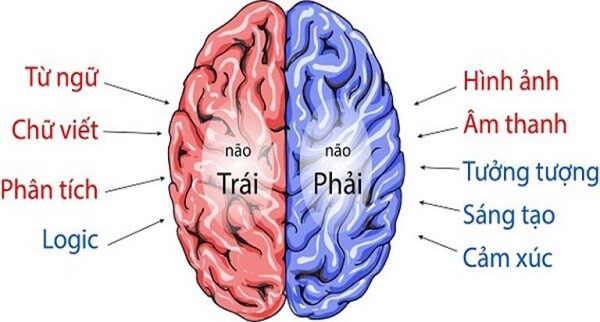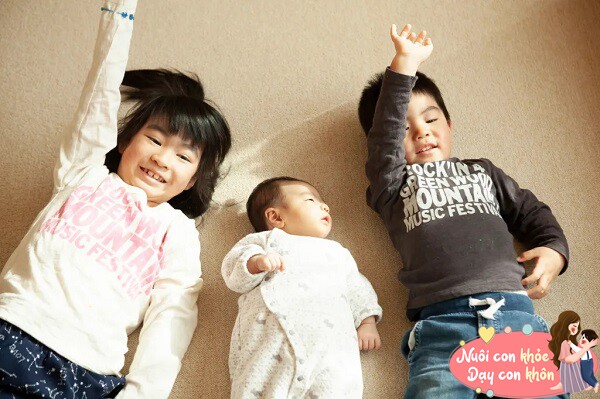Experts have explored the similarities and differences in the intellectual development of boys and girls from various angles, including physiological, psychological, and social perspectives, aiming to provide a more comprehensive understanding of this topic.


Physiological Perspective: Differences in Brain Structure
From a physiological standpoint, there are indeed some differences in brain structure between boys and girls. Research indicates that the male brain tends to be slightly larger, particularly in areas responsible for spatial cognition and motor coordination.
This could explain why boys often excel at certain tasks requiring strong spatial abilities, such as mechanical manipulations or 3D modeling.
However, the female brain also exhibits unique advantages. For instance, girls’ brains typically show more advanced development in language processing areas, leading to enhanced language articulation, reading comprehension, and emotional communication skills.
Additionally, the female brain tends to have stronger connections between the left and right hemispheres, which can facilitate multitasking and emotional regulation.


Psychological Development: Cognitive Differences
In terms of psychological development, there are distinct differences in the cognitive abilities of boys and girls. Boys tend to demonstrate stronger logical reasoning, mathematical skills, and abstract thinking abilities, which may be associated with more active regions of the brain responsible for these functions.
Consequently, boys are more prevalent in fields such as science, technology, engineering, and mathematics (STEM).
On the other hand, girls often excel in emotional intelligence, social skills, and empathy. They have a better understanding of others’ emotional states and can communicate effectively through both verbal and non-verbal means. This enables girls to stand out in areas like relationships, education, and social work.


Social Factors: The Influence of Environment and Education
Beyond physical and psychological factors, social environment and educational approaches also significantly impact the intellectual development of boys and girls.
In many cultures, boys and girls face different social expectations and parenting styles from an early age.
For instance, boys are often encouraged to engage in more competitive and adventurous activities, fostering leadership and problem-solving skills.

In contrast, girls are typically encouraged to participate in more cooperative and emotionally expressive activities, enhancing their social and emotional intelligence skills.
Gender biases within the education system can also play a role. For example, some schools tend to steer male students towards science and math courses, while female students are directed towards language and arts. These educational disparities can lead to intellectual differences between genders in various fields.

Comprehensive Evaluation: The Diversity of Intellectual Abilities
While there are some differences in intellectual abilities between boys and girls, these differences are not absolute and are influenced by a combination of factors.
Whether it’s physical structure, psychological development, or social environment, they all contribute to shaping the intellectual characteristics of boys and girls to varying degrees. Therefore, we cannot simply declare which gender is more intelligent but must acknowledge the diversity and complexity of intellectual functioning.
In modern society, parents are encouraged to support gender equality and empower both boys and girls to pursue their potential in a wide range of fields.
Whether it’s science, arts, technology, or humanities, every child has the potential to excel in their area of interest and talent. By providing equal educational opportunities and diverse training methods, we can help boys and girls develop their intellectual capabilities comprehensively, contributing to societal progress.

In fact, the definition of intelligence should not be limited to traditional IQ tests or academic achievements but should encompass multiple aspects such as emotional intelligence, social skills, creativity, and adaptability.
By embracing this broader perspective, parents can truly understand and respect the diversity in intellectual functioning between boys and girls, fostering a more equitable and inclusive environment for their holistic development.































